Software programmation for biological applications
When available software tools on the market do not fit to expectations, it is possible to create a new tool, a new software, a new script, a new program. We present here imaging softwares highly configurable and the programming languages adapted to imaging fields, data analysis and visualization.
Imaging software for microscopy
ImageJ
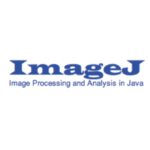
Free software for image analysis. It allows to create made-to-measure plug-ins.
Icy
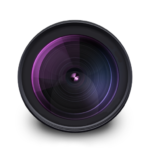
Free software for image analysis. More elegant than ImageJ with many automatizations.
Cell Profiler and Cell Profiler Analyst

CellProfiler is a free and open source software designed to enable automatic measurement of phenotypes from thousands of images
Advantage: Allows you to develop advanced pipelines and apply them to large batches of images
Ilastik

Advantage: allows to do 3D segmentation based on deep-learning
Programming languages adapted to biomedical data analysis
Python
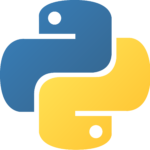
Many purpose scientific programming language. Highly used for deep learning and statistics. It can be used for website back-ends to include scientific mechanisms
Advantage: almost all deep learning algorithms are available in Python. It is a great choice for QuantaCell. QT in Python can be easily included.
Matlab (MathWorks)
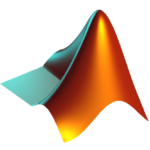
Scientific programming language very complete.
Advantage: because of a lot of scientific functions, time of programming is very short. Specifically adapted to scripts writing without elaborated graphic interface.
R language
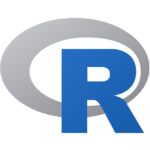
Statistics-dedicated language.
Advantage: 100% free adapted for data analysis. Used for scientific publications.
C# .Net
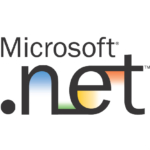
Advantage: well adapted for general graphic applications. A huge users community. A lot of tools for graphic interface, network and databases.
Java
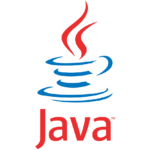
Advantage: well adapted for general graphic applications. A huge users community. A lot of tools for graphic interface, network and databases.
C/C++
Old and efficient. Additional libraries.
- QT : used for elaborated graphic interfaces. Multiplatform and Free
- OpenCV : image analysis and data mining-dedicated library. Multiplatform and Free.
Advantage: fast, reliable, multiplatform.
CUDA
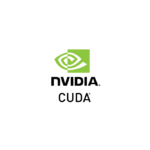
Programming of graphic chips for very fast executions.
Advantage: adapted to big image treatment algorithms. It allows to save 30% of time compared to a C++ algorithm equivalent on processor.
SQL et MyPhP/MySQL
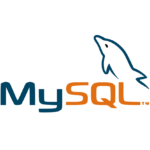
Database-dedicated language and a simple and free administration interface.
Interested in softwares or services?

Software for histological samples and TMA
Automatically detects and quantifies your histological slides easily, without requiring bioinformatics expertise. IHC/Fluorescence/Deep learning
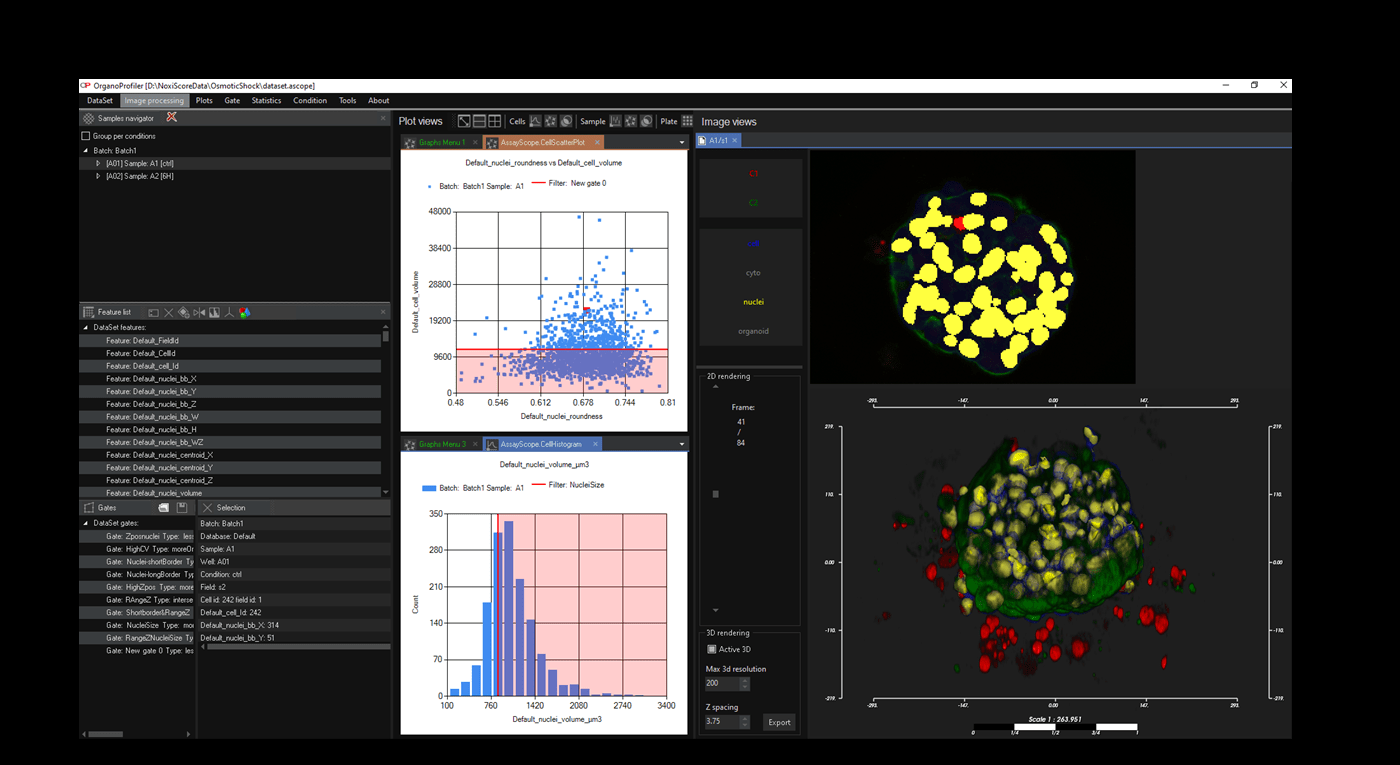
Software for organoid, spheroid and 3D cell culture and tissue
Automatic 3D segmentation and high-content screening analysis software to navigate your assays and monitor drug effects
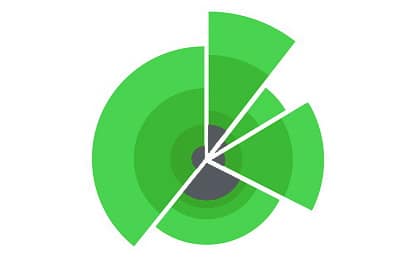
Services of analysis and characterization
- Image analysis in patients studies
- Characterization of drug/compounds effects
- Automatic detection of rare events
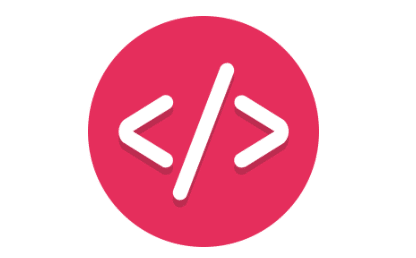
Software development for biomedical imaging
- Customized software solutions with ergonomics UIX
- AI for automatic analysis
- Industrialization of analyses in laboratories
QuantaCell, Hôpital Saint Eloi, IRMB
Contact
+33 (0) 9 83 33 81 90
80 av Augustin Fliche
34090 Montpellier, France